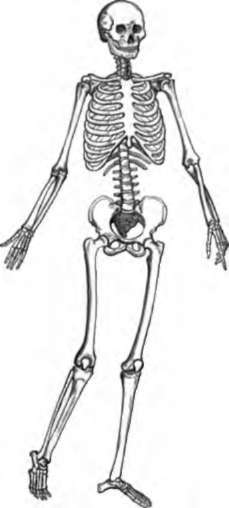12. Adipose Tissue
Description
This section is from the book "Animal Physiology: The Structure And Functions Of The Human Body", by John Cleland. Also available from Amazon: Animal Physiology, the Structure and Functions of the Human Body.
12. Adipose Tissue
Adipose Tissue is the term technically used for the fat of the body, because fat in its proper acceptation means a solid oil, such as tallow. Adipose tissue consists of a number of minute vesicles, varying in diameter up to of an inch, filled with oil, and imbedded in groups in connective tissue. Sometimes a nucleus can be detected at the side of the vesicle. The mode of development appears to be that one or more minute globules of oil occur at first in the interior of a connective-tissue-corpuscle, and that the oil goes on accumulating, pushing before it the substance of the corpuscle, which subsequently is so altered in appearance and consistence, as to form the wall of the vesicle or adipose cell. Adipose tissue, and the connective tissues generally, are but scantily supplied with blood-vessels.

Fig. 8. The Skeleton.
Continue to:
